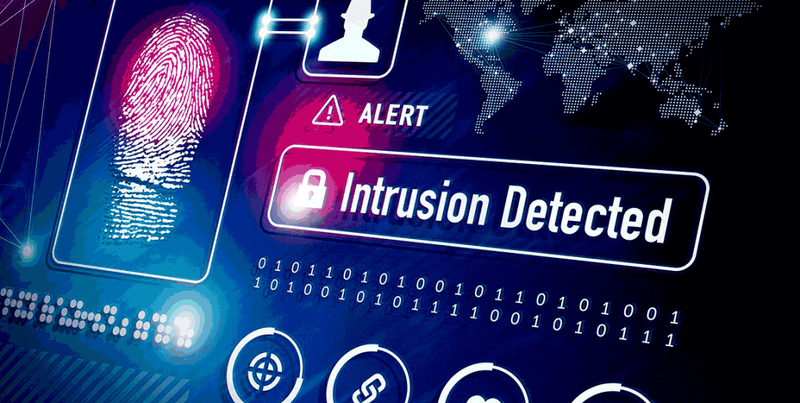Intrusion Detection & Prevention Services

PsyberCann leverages detection and prevention systems as part of our 24/7 monitoring to inspect all network traffic. Intrusion Detection and Prevention are application security practices that identify, block and prevent cyber attacks.
- Intrusion Detection Systems (IDS) find and mitigate attacks that have already happened, such as malware, trojan and rootkit injections and phishing.
- Host Level Intrusion Detection (HIDS) is security at a host level. HIDS accelerates the detection and isolation of issues that can result in compromised servers and workstations. Our HIDS include file integrity monitoring and endpoint telemetry necessary for Managed Detection and Response in order to meet regulatory compliance.The also extends the monitoring capabilities of our monitoring beyond the corporate network for laptops, which are constantly being monitored while used from home, with a client, at the airport, or the hotel room.
- Network Level Intrusion Detection (NIDS) is critical in identifying threats that have evaded host-based defenses. NIDS identify risks associated with phishing email landing pages, compromised sites, and command and control sites that can be used to target your organization. NIDS also addresses some of the risks associated with insider threats and helps detect unauthorized systems and software that can compromise confidential data.
- Host Level Intrusion Detection (HIDS) is security at a host level. HIDS accelerates the detection and isolation of issues that can result in compromised servers and workstations. Our HIDS include file integrity monitoring and endpoint telemetry necessary for Managed Detection and Response in order to meet regulatory compliance.The also extends the monitoring capabilities of our monitoring beyond the corporate network for laptops, which are constantly being monitored while used from home, with a client, at the airport, or the hotel room.
- Intrusion Prevention Systems (IPS) block attacks before they happen and are discovered through constant monitoring. CyberDRP's intrusion prevention systems control the access to an IT network and protect it from abuse and attack. Our systems are designed to monitor intrusion data and take the necessary action to prevent an attack from developing.